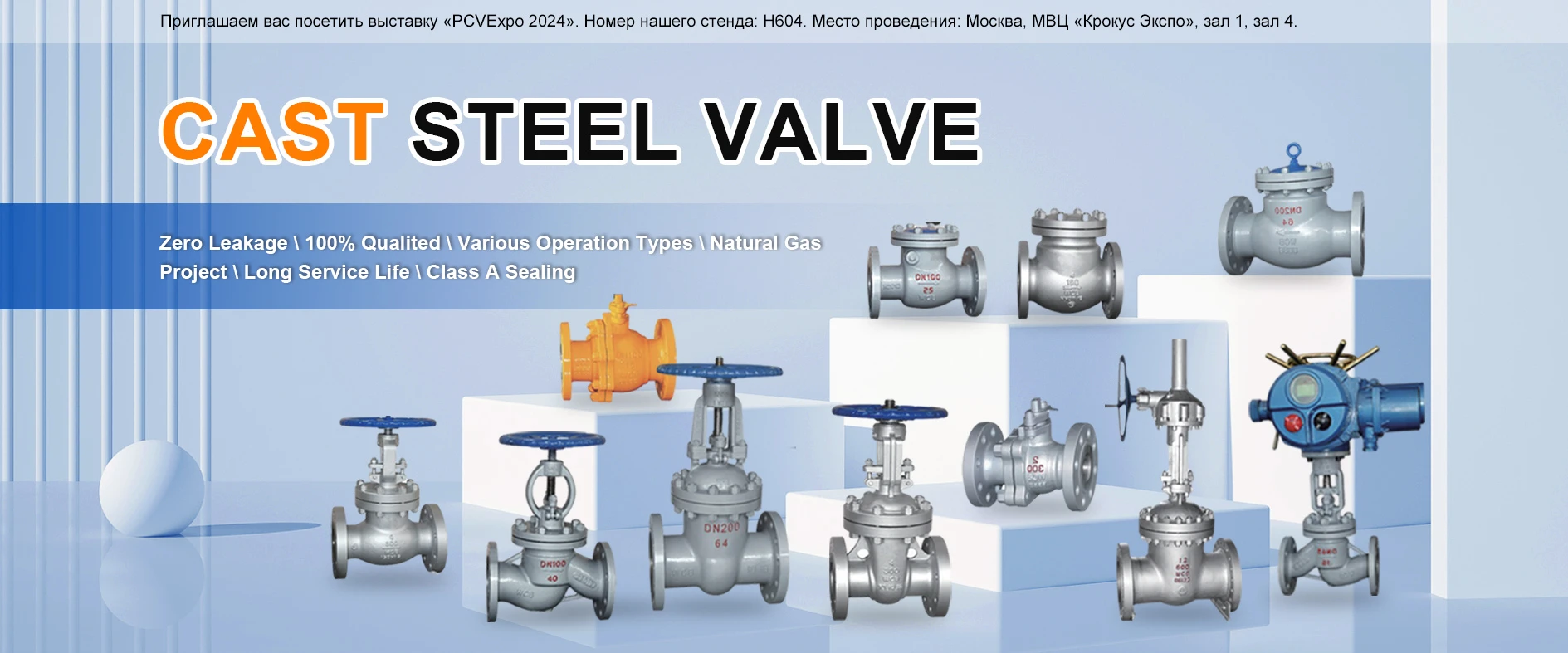Understanding Duty Cycle in Electric Actuators for Efficient Performance and Longevity
Understanding Electric Actuator Duty Cycle
Electric actuators play a pivotal role in various industrial applications, ranging from robotics to automated machinery. As these devices transform electrical energy into mechanical motion, understanding their performance characteristics, particularly the duty cycle, is essential for optimizing their function and lifespan.
What is Duty Cycle?
The term duty cycle refers to the ratio of the time an electric actuator is actively working to the overall time it takes to complete a full cycle of operation. It is usually expressed as a percentage. For instance, if an actuator is active for 30 seconds in a one-minute cycle, the duty cycle is 50%. This metric is crucial because it influences both the heat generation and the longevity of the actuator.
Importance of Duty Cycle in Electric Actuators
1. Heat Management Electric actuators convert electrical energy to mechanical energy, which inherently generates heat. An actuator with a high duty cycle will spend more time operating, thereby generating more heat. If the heat exceeds the manufacturer's specified limits, it can cause damage, reducing the actuator’s lifespan. Therefore, understanding the duty cycle is vital for implementing adequate cooling measures and ensuring that the actuator operates within safe temperature ranges.
2. Performance Optimization By calculating the duty cycle, operators can optimize the performance of electric actuators. A well-maintained duty cycle helps minimize the risk of overheating and mechanical failure, allowing for smoother and more reliable operation in applications that require precision and reliability.
3. Energy Efficiency The duty cycle can also impact energy consumption. If an actuator is used continuously without consideration for its duty cycle limits, it may lead to unnecessary energy expenditure and increased operational costs. Understanding the duty cycle can help in designing more energy-efficient systems that leverage the actuator's capabilities without overworking it.
Calculating Duty Cycle
To calculate the duty cycle, users can follow a simple formula
electric actuator duty cycle

\[ \text{Duty Cycle (\%)} = \left( \frac{\text{Time On (Active Time)}}{\text{Time On + Time Off (Total Cycle Time)}} \right) \times 100 \]
For example, if an actuator is operational for 40 seconds and inactive for 20 seconds, the calculation would be
\[ \text{Duty Cycle} = \left( \frac{40}{40 + 20} \right) \times 100 = 66.67\% \]
This indication helps in assessing how closely the actuator's operation aligns with its designed specifications.
Factors Affecting Duty Cycle
1. Load Conditions The load on the actuator can affect its duty cycle. Heavier loads may demand higher energy output, which can necessitate longer active times, thus affecting overall duty cycle calculations.
2. Operating Environment Temperature, humidity, and other environmental factors can influence how an actuator performs. High ambient temperatures may require operators to adjust the duty cycle to prevent overheating.
3. Actuator Design Different types of electric actuators come with varying capability ratings that define their appropriate duty cycles. Users must consider these specifications to prevent exceeding operational limits.
Conclusion
The duty cycle of electric actuators is an essential parameter that operators must monitor to ensure optimal performance, efficiency, and longevity. By understanding and managing the duty cycle, users can not only avoid premature actuator failures but also enhance the overall operational effectiveness of their systems. Properly accounting for the duty cycle in the design and operation of electric actuators enables industries to capitalize on their benefits while minimizing risks, ultimately leading to more efficient and cost-effective processes. As technology advances, the emphasis on understanding such metrics will only continue to grow, paving the way for smarter and more reliable automation solutions.
-
The Key to Fluid Control: Exploring the Advantages of Ball Valves in Industrial SystemsNewsJul.09,2025
-
The Versatile World of 1, 2, and 3 Piece Ball ValvesNewsJul.09,2025
-
Stainless Steel Ball Valves: The Ideal Choice for Efficient Flow ControlNewsJul.09,2025
-
Optimizing Fluid Control with Ball Float ValvesNewsJul.09,2025
-
Manual Gate Valves: Essential for Control and EfficiencyNewsJul.09,2025
-
Everything You Need to Know About Butterfly ValvesNewsJul.09,2025
-
The Versatility of Wafer Type Butterfly ValvesNewsJul.08,2025




